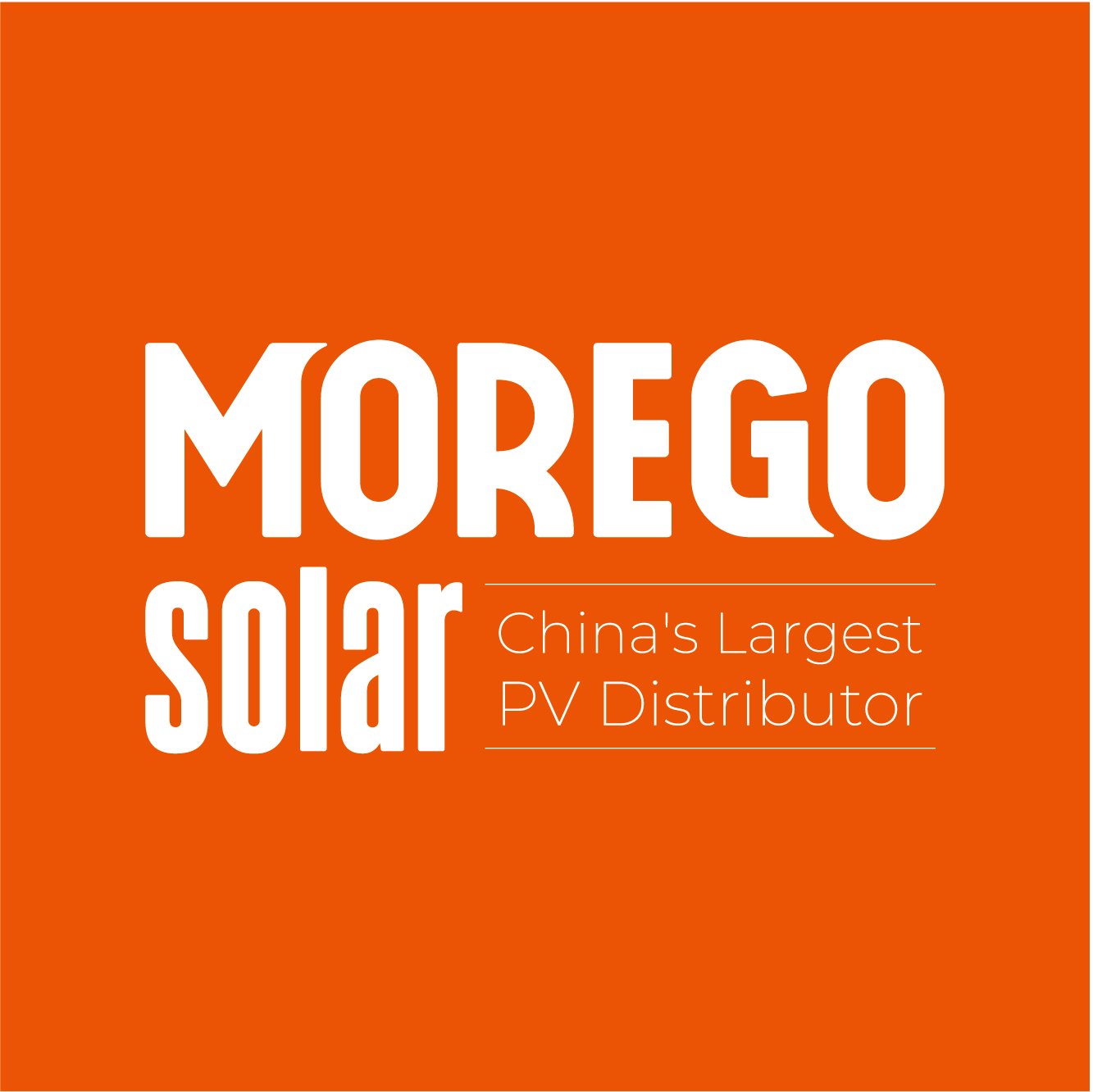Connecting a 10 kW hybrid solar system with a hybrid solar inverter and lithium battery involves several steps.
Here's a general guide, but keep in mind that the specific installation process may vary based on the components you have and the manufacturer's instructions. It's crucial to follow the guidelines provided by the manufacturer of your inverter, solar panels, and battery.
List of main product used in this article: Price:View details
1. Canadian solar panel 550W *20pcs
2. Growatt Residential Storage Inverter 10kW *1pcs
3. Growatt Lithium ion battery 10.2kWH *1set
4. DC Combiner Box *1set
5. DC Breaker *1set
6. AC Combiner Box *1set
7. Solar Cable 4mm2, MC4-EVO2, Staubli Tools Case
8. Animation of 10kW Hybrid Solar System Connection, Click here.
1. Solar Panel Installation:
Group 1: 10 solar panels connected in series
Group 2: Another 10 solar panels connected in series
Wiring Steps:
Group 1 Wiring:
Connect the positive terminal of the first solar panel in Group 1 to the negative terminal of the second panel.
Continue this series connection until you reach the 10th solar panel.
Connect the positive terminal of the 10th solar panel in Group 1 to the positive input terminal of the Growatt storage inverter.
Connect the negative terminal of the first solar panel in Group 1 to the negative input terminal of the Growatt storage inverter.
Group 2 Wiring:
Repeat the same series connection process for Group 2. Connect the positive terminal of the first solar panel in Group 2 to the negative terminal of the second panel, and so on.
Connect the positive terminal of the 10th solar panel in Group 2 to the second positive input terminal of the Growatt storage inverter.
Connect the negative terminal of the first solar panel in Group 2 to the second negative input terminal of the Growatt storage inverter.
2. Growatt Storage Inverter Installation:
Install the Growatt storage inverter in a location protected from the elements.
Connect the solar panel array to the DC input terminals of the inverter.
Connect the AC output terminals of the inverter to the main distribution panel of your premises.
3. Lithium Battery Installation:
Install the #Lithium-ionBattery system in a cool, dry location, following the manufacturer's guidelines.
Connect the lithium battery to the DC input terminals of the Growatt storage inverter using appropriate cables.
Ensure that the battery management system (BMS) is properly connected and functioning.
4. Wiring Connections:
Connect the output of the inverter to the main distribution panel of your building.
If you are using a grid-tied system, connect the inverter to the electrical grid according to local regulations.
5. Programming and Configuration:
Access the Growatt storage inverter's control panel or monitoring system and configure it according to your system specifications.
Set up charging and discharging parameters for the lithium-ion battery.
Configure the inverter for #grid-tied or #off-grid operation, depending on your requirements.
6. Safety Checks:
Ensure that all connections are secure and properly insulated.
Perform a thorough safety check to verify that the system meets local electrical codes and regulations.
Test the system under various conditions to ensure proper functionality.
7. Monitoring:
Set up a monitoring system to keep track of the performance of your hybrid solar system, including solar production, battery status, and inverter operation.
Again, it's essential to emphasize that the installation of a solar energy system involves working with electricity, and it should be carried out by qualified professionals or individuals with experience in solar energy systems. Always follow the specific installation manuals and guidelines provided by the manufacturers of your components. Additionally, adhere to local electrical codes and regulations for safety and compliance.
Grid-Tied with Battery Storage Advantages:
Solar panels generate electricity during the day.
Excess energy is fed back into the grid, earning credits or reducing electricity bills.
Battery storage captures excess energy for later use, providing power during periods of low sunlight or grid outages.

